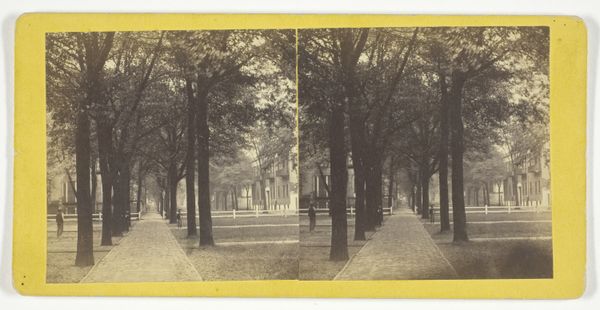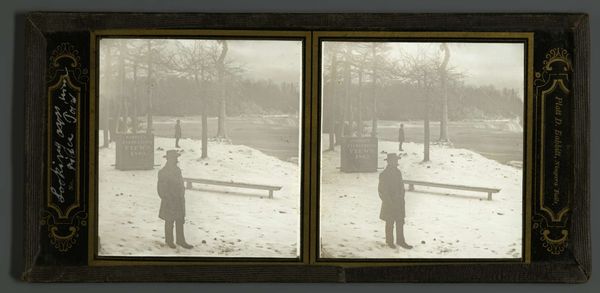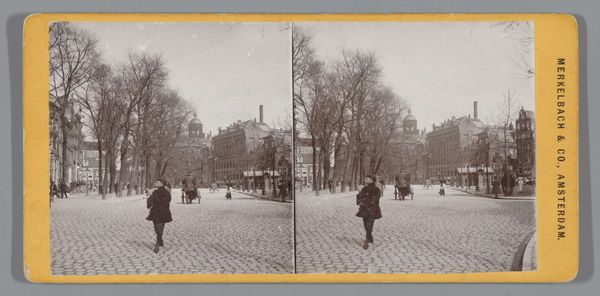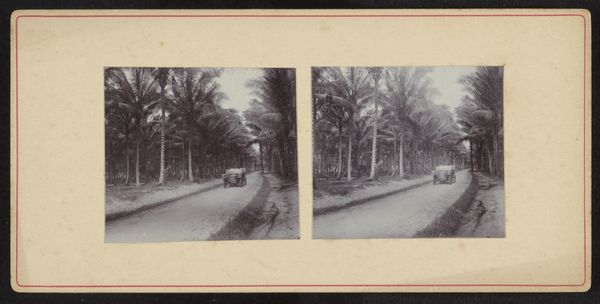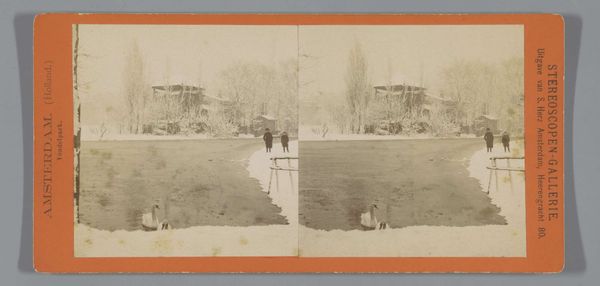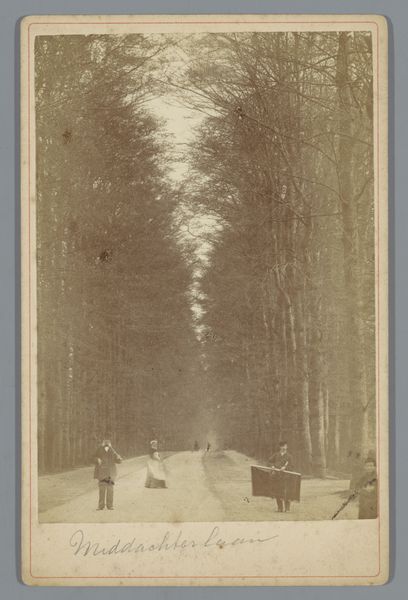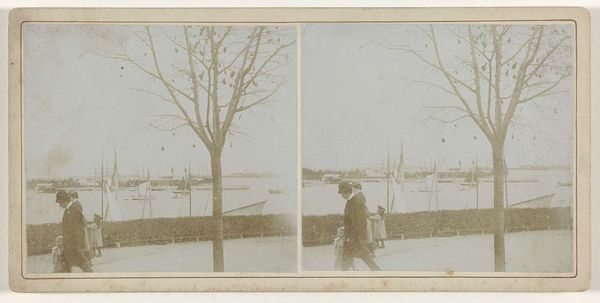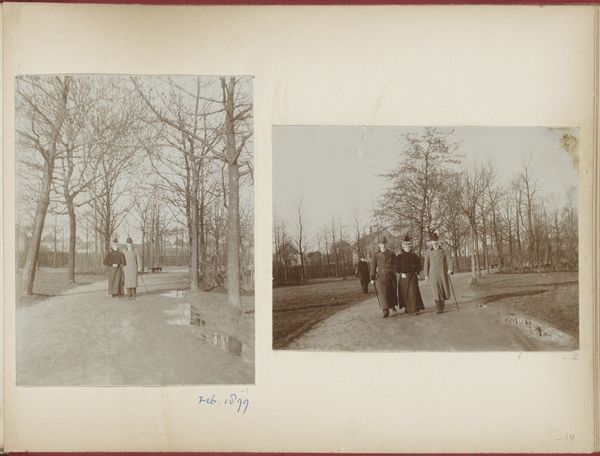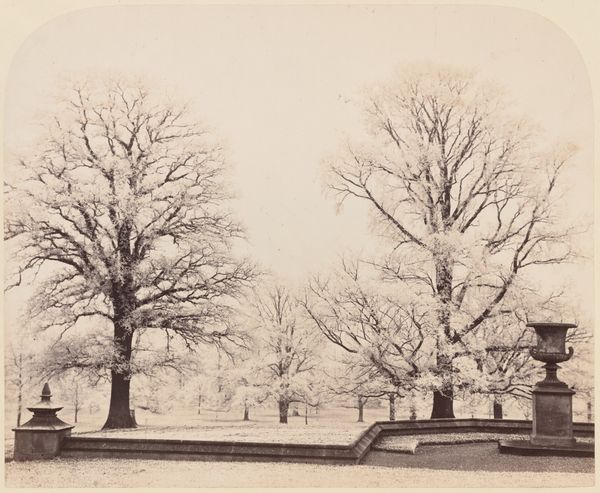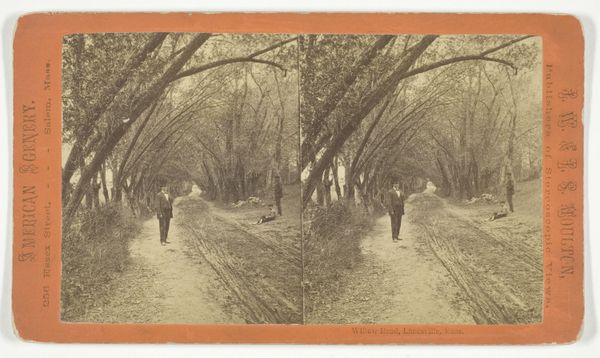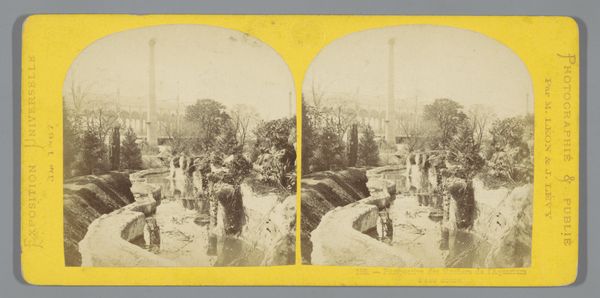
photography
#
16_19th-century
#
natural tone
#
landscape
#
photography
#
cityscape
Dimensions: 9 × 7.3 cm (left image); 9 × 7.5 cm (right image); 10 × 17.7 cm (card)
Copyright: Public Domain
J.W. & J.S. Moulton made this stereograph, "The Mall," in Salem, Massachusetts, sometime in the late 1870s. It gives us a glimpse into the public spaces of post-Civil War America and the burgeoning culture of photography. Stereographs like this one were immensely popular, offering a sense of three-dimensionality to viewers through a special device. But beyond entertainment, what did they offer? This image presents a curated view of leisure, depicting a neatly maintained promenade populated by well-dressed individuals. Consider the social implications: Who had access to such spaces? What behaviors were deemed appropriate? The very act of photographing and distributing such images contributed to the construction of an ideal American identity, one of order, prosperity, and leisure. To fully understand this image, we might delve into the history of Salem itself, exploring its economic development and social stratification. We might also investigate the rise of photography as both an art form and a commercial enterprise. Through careful study, we can unlock the complex relationship between image, society, and history.
Comments
No comments
Be the first to comment and join the conversation on the ultimate creative platform.

